Where can I find a good representation of the of how data is stored in pages and how the B tree is constructed for a multi-column index (specifically for SQL server, but not necessarily)?
I'm referring to something like what you see in https://learn.microsoft.com/en-us/sql/relational-databases/reading-pages?view=sql-server-ver15 (for single column) but extended for multi-columns.
Another example for single column index:

Thanks.
